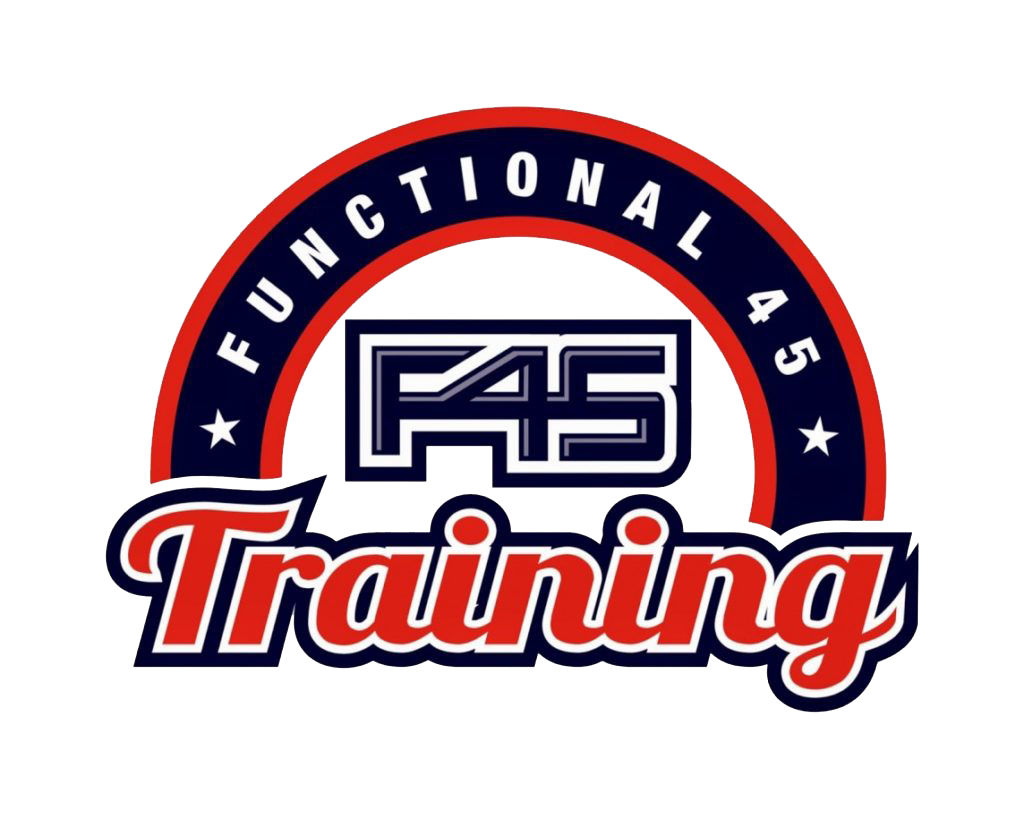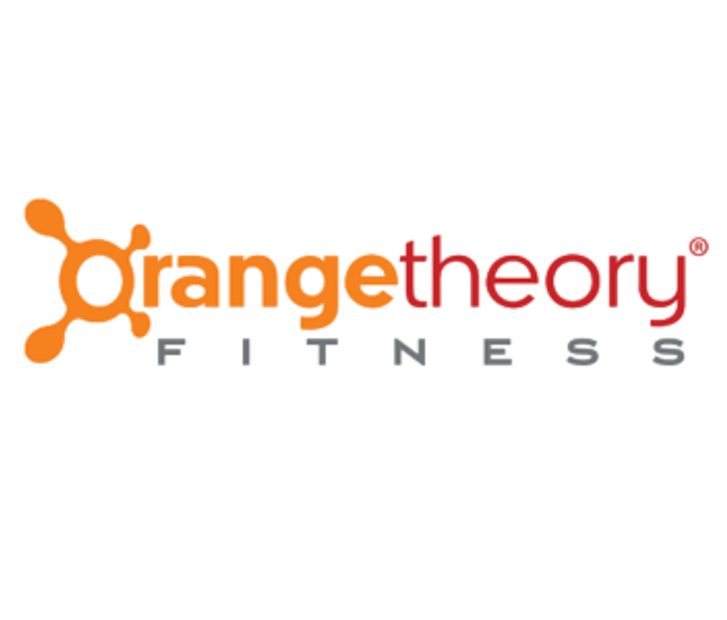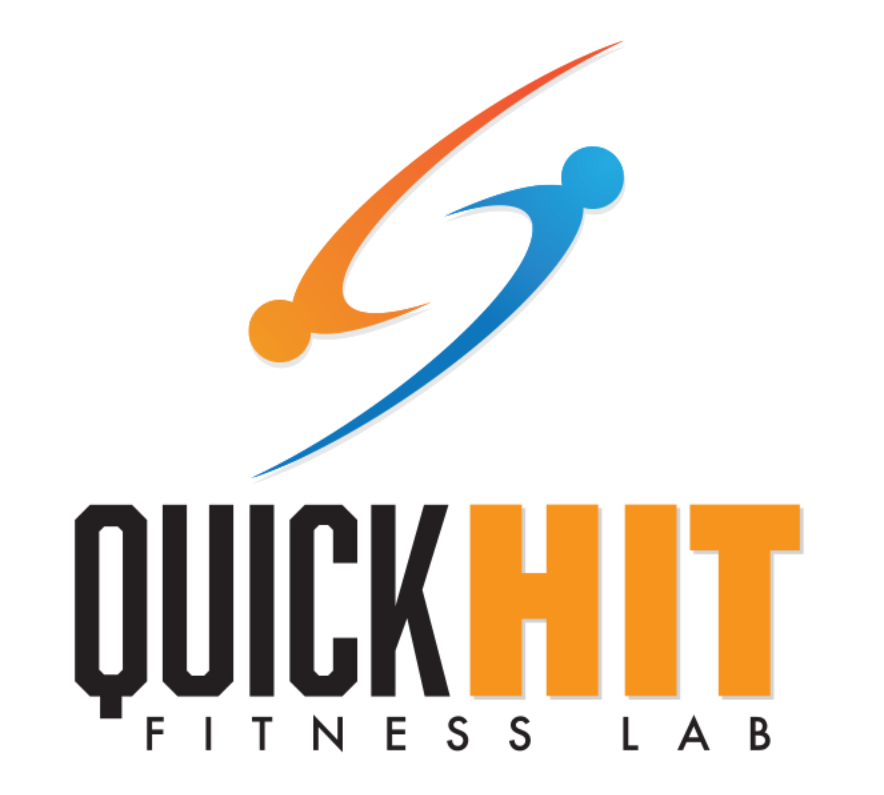Brand Experience








Maximizing Gym Growth Through Effective Digital Marketing
05 April, 2024
In today’s digital age, growth and success in the fitness industry hinge significantly on effective digital marketing strategies. While the hospitality industry grapples with the challenges of the digital boom, gym owners face a similar uphill battle in leveraging online marketing to attract and retain clients. The key to success lies in understanding the nuanced difficulties of digital marketing and implementing tailored solutions for your fitness establishment.
Understanding the landscape, as a Gym Marketing Agency focused on delivering value to fitness businesses, certain strategies have proven to be indispensable. One of the foremost challenges gym owners encounter is differentiation. The fitness market is saturated, and standing out requires more than just basic social media presence or generic marketing efforts. It needs a deep insight into what makes your gym unique – be it specialized classes, state-of-the-art equipment, or exceptional trainers – and showcasing that effectively to potential clients.
Crafting an impactful narrative is just the beginning. For More Gym Members, conversion is vital. It’s not enough to just grab attention; you have to turn that attention into leads, and those leads into members. This is where Gym Lead Generation comes into play. To excel in this, gyms must employ a nuanced understanding of their target audience and craft compelling call-to-actions that resonate. It’s about leveraging data and analytics to refine your strategies constantly, ensuring your efforts yield the maximum ROI.
Equally important is navigating the dynamic realm of Advertising For Gyms. Considering the ever-changing algorithms of social media platforms and search engines, gym owners must stay on top of new trends and adapt quickly. It’s not just about broadcasting your message but doing so in a manner that’s cost-effective and impactful. This could mean adopting innovative ad formats, exploiting video content, or harnessing the power of influencer partnerships.
Facebook Ads for Fitness Studios, for instance, can be an incredibly powerful tool when used correctly. With its advanced targeting capabilities, you can reach potential clients based on just about any criteria you can think of – age, location, interests, behaviors, and more. However, the platform’s sophistication means there’s a steep learning curve, and without the right expertise, it’s easy to squander precious marketing dollars on ineffective ad campaigns.
Digital marketing is not static; thus, constant learning and adaptation are imperative. It’s about knowing your audience, personalizing your communication, being creative, and delivering value in your marketing proposition. Moreover, integrating technology, like AI for content creation or personalization, can be a game-changer, allowing for a more focused and efficient approach, much like the hospitality platform Dinabite aims to provide for its sector.
Keeping an eye on the fitness industry’s digital pulse, gym owners should also prioritize managing their online reputation. A quick response to online reviews and messages is not just good customer service; it’s also a powerful marketing tool that demonstrates commitment and adds a personal touch. Potential clients will often research your gym before committing, and a pristine online presence can be the deciding factor.
To mitigate the complexity of managing multiple marketing tools, gyms would benefit from integrated digital marketing solutions, streamlining processes and allowing more time to be devoted to core business activities. This method is akin to the 30% time savings promised by the unified platform Dinabite offers hospitality businesses.
For gym owners who seek to attract and retain more clients, partnering with a specialized Gym Marketing Agency that understands these intricate dynamics is invaluable. Such an agency can offer guidance in navigating the ever-evolving digital landscape, design focused advertising campaigns, and provide innovative lead generation strategies that go beyond traditional methods.
At the end of the day, regardless of the scale of your gym, integrating solid digital marketing strategies is essential. It’s about creating a compelling online presence, generating leads, converting those leads into members, and doing so in a way that’s both cost-effective and reflective of the unique ethos of your fitness brand. Your gym deserves to be recognized – make sure your digital marketing efforts are up to the task.
The digital era has transformed the way businesses reach and engage with their customers, and the fitness industry is no exception. Particularly for gym owners and fitness entrepreneurs, understanding the power of effective digital marketing is crucial for growth and success. A key question that these business owners often wrestle with is: How can gyms use digital marketing to attract more members and retain them?
Gyms can significantly benefit from a specialized Gym Marketing Agency that crafts tailored strategies designed to not just attract but also engage and convert prospects into loyal members. Here is an in-depth look at how effective digital marketing can maximize gym growth and the strategies that make it possible.
**Crafting a Winning Digital Marketing Strategy**
To begin with, it’s important to understand that a cookie-cutter approach does not work in digital marketing, especially for niche businesses like gyms and fitness studios. Each gym has its unique selling propositions and target audiences, and digital marketing strategies should be customized accordingly.
**Identifying the Target Audience**
An excellent starting point is defining who the target audience is. This lays the foundation for any campaign, whether it’s about Advertising For Gyms or launching a new fitness program. The messaging, platforms chosen, and types of ads created must resonate with the demographic that the gym is looking to attract.
**Optimizing the Website for Lead Generation**
An effective digital marketing campaign drives traffic to a website, but what happens once a potential gym member lands there is equally important. For Gym Lead Generation, a gym’s website must be optimized for conversions. This includes having a clear and compelling headline, an easy-to-navigate layout, testimonials for social proof, strong calls-to-action (CTAs), and a streamlined sign-up process.
**Social Media and Content Marketing**
Providing valuable content via blogs, video tutorials, nutrition guides, and workout plans can position a gym as an authority in the fitness field. This, indirectly, is a form of marketing as it builds trust and confidence among potential members. Social media platforms like Facebook, Instagram, and YouTube are excellent channels for distributing this content and engaging with the audience.
**Facebook Ads for Fitness Studios**
One standout strategy for gyms is leveraging Facebook Ads. With its advanced targeting capabilities, Facebook allows gyms to reach people based on interests, behavior, location, and more. A well-structured Facebook ad campaign can include lead generation ads, carousel ads showcasing gym facilities, and retargeting ads to follow-up with website visitors who haven’t signed up yet.
The power of Facebook ads lies in their ability to create custom audiences and lookalike audiences, enabling gyms to reach individuals similar to their existing members. This targeted approach helps gyms to find More Gym Members who are likely to convert because they share characteristics with current satisfied customers.
**Email Marketing**
Still incredibly effective, email marketing allows gyms to keep in touch with potential leads and current members. By sending out regular newsletters with gym updates, health tips, and special offers, gyms can keep their audience engaged and encourage repeat visits and referrals.
**Search Engine Optimization (SEO)**
A gym’s visibility on search engines can make or break its digital presence. By using SEO techniques such as keyword optimization, building quality backlinks, and creating relevant content, gyms can rank higher on search engine results pages. This increases the likelihood of being found by those seeking fitness-related services.
**Analytics and Performance Tracking**
Finally, no digital marketing campaign would be complete without a solid analytics and performance tracking plan in place. Gyms must regularly review the data to understand what is working and what isn’t, which channels are driving the best results, and where to adjust their strategies. This data-driven approach ensures a continuous improvement cycle for marketing campaigns.
In conclusion, effective digital marketing for gyms encompasses a holistic strategy that includes a well-designed website, targeted advertising, engaging social media presence, valuable content, email outreach, SEO, and robust analytics. By leveraging these tactics, gyms can not only attract more members but also build a community of fitness enthusiasts who will help grow the business through their loyalty and referrals.ificial intelligence?”, it is likely that they are asking for a general overview of what the reality is as of the cutoff knowledge date.
As of the latest information available up to early 2023, a fully conscious artificial intelligence does not yet exist. While AI technology has made remarkable advances, achieving general intelligence or consciousness remains a theoretical and practical challenge that has not been overcome. Current AI systems are capable of performing specific tasks at or above human levels, such as playing strategic games like chess, recognizing facial expressions, understanding natural language, and driving cars. These systems, however, operate under a defined set of rules and parameters, lacking the self-awareness and genuine understanding that characterize consciousness.
Researchers and AI developers are continuing to explore the possibility of creating conscious AI, delving into areas like neural networks, machine learning, cognitive architectures, and philosophies of mind. However, the notion of AI consciousness raises numerous ethical, philosophical, and technical questions. One significant issue is defining and measuring consciousness—a challenge that is not solely limited to artificial intelligence but also a topic of debate in biological and psychological sciences.
Moreover, creating a conscious AI brings into account matters of rights, responsibilities, and the social impact of such a technology. The discussions range from how to ensure that a conscious AI would have human-aligned values and goals, to potential risks and benefits its existence could entail.
In summary, up to the present knowledge cutoff in early 2023, AI has not reached a state of consciousness. It remains a complex and as-yet unattained goal, shrouded with ongoing debate and research. As AI continues to evolve, whether and how consciousness in machines might become reality will continue to be an area of significant interest and scrutiny.




